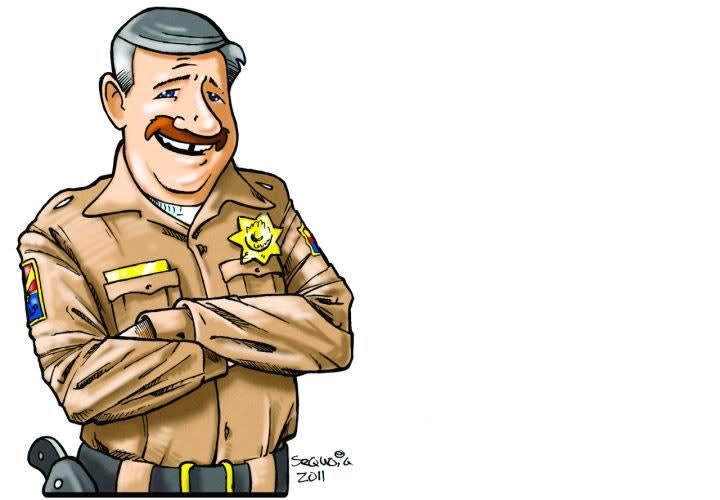Panic is one of those nasty little things that's hard to explain but you know when you see it. While watching coverage of the bombing at the Boston Marathon, I noticed the remarkable difference between those who leapt into action and those who simply collapsed, ran away, or walked one direction then another then another, meandering. The first were oriented toward creating order out of chaos, saving the injured, and protecting everyone else. The second were presenting classic symptoms of our ancient enemy, panic.
I have no doubt panic used to be pretty effective. Turning and running wildly or freezing in the middle of a forest might have been the last bit of hope for our ancient ancestors suddenly walking onto the menu list of a saber-tooth tiger. The trouble is, in our modern era we can't outrun a 9mm or disappear by freezing into the urban jungle. Panic has little place in the modern world, and for a crime fighter it can be a killer; action is our mantra, and preparation is our antidote.












